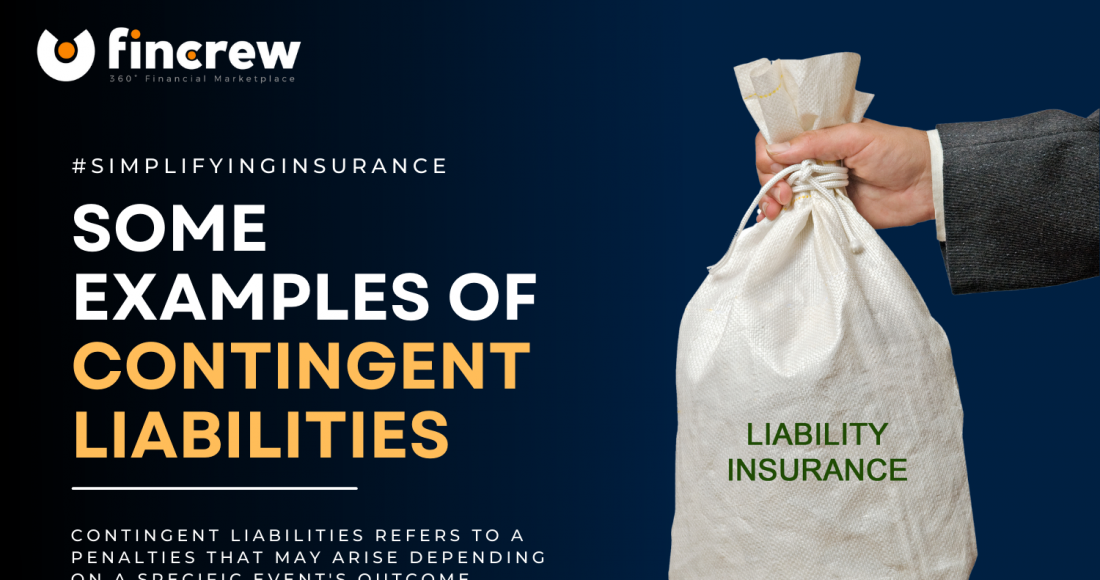The term contingent liability refers to a penalty that may arise depending on a specific event’s outcome. Depending on how a future event unfolds, this may or may not become a requirement. It will estimate recorded contingent liabilities; otherwise, disclosure of the amount will happen.
Understanding The Concept Of Contingent Liability
Contingent liability is a liability that becomes a potential loss if a specific event occurs in the future. Some examples of contingent liability include pending investigations, product warranties, and potential lawsuits. They estimate the amount and will use it to pay the liability when it occurs. Companies are not the only ones exposed to contingent liability, as it also applies to individuals. For instance, if you were to take an educational loan of $10,000 to help your child with their higher education. If your child failed to make payments after getting a job, that amount could become a contingent liability. Since you took a loan from your bank, you might have to repay the amount.

Examples Of A Contingent Liability
Below are some examples of contingent liabilities –
- Lawsuit
- Product Warranty
- Pending Investigation or Pending Cases
- Bank Guarantee
- Lawsuit for theft of Patent/know-how
Lawsuit
Think of a scenario where a company is being sued for patent infringement by a rival company. The company’s legal department believes the rival firm has a good case, and if it loses, it will suffer a loss of $2 million. The company posts an accounting entry on the balance sheet to debit (increase) legal expenses for $2 million and credit (increase) accrued expenses for $2 million because the liability is probable and easy to estimate. Using an accrual account, the firm can post expenses without needing to make a cash payment immediately. If the lawsuit results in a loss, they will debit the accrued account (deduction), and the cash account is credited (reduced) by $2 million. It is possible but not probable that there will be a lawsuit and that the dollar amount will be around $2 million. In these circumstances, the company discloses the contingent liability in the financial statements’ footnotes. It is not required for the company to disclose the potential liability if it determines its slight risk.
Product Warranty
Some companies offer warranties on their products, such as company X. Selling a car and providing a three-year contract on the car’s engine, which costs around $1000. Suppose the company sells 5000 units. In that case, the company has to estimate how many vehicles need repairs during the warranty period, and accordingly, the financial statements must provide contingent liabilities.
Pending Investigation Or Pending Cases
The company’s books must mention contingent liabilities if there are pending investigations, pending court cases, pending income tax assessments, or any other tax.
Bank Guarantee
Let’s assume there are two companies; one is B Ltd, and the second is C Ltd. Assuming C Ltd is taking a business loan of $1000 million, and company B is giving a guarantee on behalf of company C. In that situation, if company C defaults in making payment, then company B has to make the payment to the bank; therefore, company B has to disclose this contingent liability in their accounts books.
Lawsuit For Theft Of Patent/Know-How
Suppose ABC company is developing medicines to cure diabetes simultaneously as XYZ Ltd sues ABC Ltd for $1000 million for theft of patents. ABC Ltd feels they will lose the case, so they should make payment to XYZ Ltd. As a result, ABC Ltd records the contingent liability in his books of accounts.






